
Liuying Village
Liuying Village is seated in Fengxiang County, Baoji and acclaimed as “the village of Painted Clay Sculpture.” The village has a history of over 600 years. Almost every villager knows how to make painted sculptures. The Painted Clay sculpture is colorful and lovely, famous both home and abroad with rich folk flavor.
Xunyang Taiji Town
Xunyang Taiji Town is situated in Xunyang County, Ankang city. The town gains the name for its unique natural landform, which looks like the Chinese Taiji symbol (similar to the letter S). It is famous for its beautiful scenery and abundant cultural relics, such as the mysterious karst caves, the Confucius Temple built in the Ming Dynasty, the Buddha Cave in Chiyan County and the tomb of hero during the Three Kingdoms Period.
Yuanjia Village
Yuanjia Village is seated at the foot of Mount Jiuzong in Liquan County, Xianyang. As “the land of central Shaanxi impression,” Yuanjia Village demonstrates the changes of countryside life since the Ming and Qing dynasties. The ancient buildings and various traditional workshops in the village display the native folk life in central Shaanxi 50 years ago.
Ancient Town of Chenlu
The Ancient Town of Chenlu is situated on the hillside 15 kilometers away from Yintai District, Tongchuan. It is famous for porcelain wares and even is reputed as “the town of porcelain ware in China.” Cave dwellings and kilns of various sizes and styles can be found everywhere in the town. The ancient winding roads across the town would lead you back to its past.
①Ancient Town of Qingmuchuan
②Mansion of Jiang Family
③Xunyang Taiji Town
④Yuanjia Village
⑤Ancient Town of Chenlu
Folk Customs in the Spring Festival
People in Shaanxi have their own way to celebrate Spring Festival. Usually people begin to prepare different kinds of food for Spring Festival several days before it. Families would grind the wheat into flour, make steamed bread and tofu, and butcher the livestock for meat. Women would go shopping for new clothes and shoes for the family members, while the old buy red paper, New Year paintings and other articles for the celebration. Just two days before the festival, the folk people would clean their houses and paste red Paper-Cuts on the windows. On the morning before the festival, all the families would paste couplets and pictures of door-gods on the door as well as New Year paintings inside. Then they would light candles and joss sticks, sacrificing to the ancestors. On the Spring Festival Eve, all the family members would get together to have a big meal. They would also eat the famous traditional food Jiaozi at the dinner table. After the meal, people would bathe and put on new clothes, waiting for the coming of the Lunar New Year. At midnight, people would set off firecrackers. It is said that the God of Wealth would go to the house where firecrackers first explode. After that, the younger would show their respect to the elder and receive the lucky money as a gift. The celebration would last till the next morning.
Major Travel Routes
To the South
Xi’an (Chang’an Ritual Music, Qinqiang Opera, Dayan Pagoda, Shaanxi Folk Cultural Park and the Guangzhong Folk Art Museum) →Huaxian County (Mount Shaohua, Shadow Play) → Huayin County (Mount Huashan, Laoqiang Opera of Huayin County) → Ankang (Xiangxi Cave, Yinhu Lake, Dragon Boat Race during the Dragon Boat Festival)
To the West
Xi’an (Chang’an Ritual Music, Qinqiang Opera, Dayan Pagoda, Shaanxi Folk Cultural Park, Guangzhong Folk Art Museum) → Huxian County and Zhouzhi County (Taiping National Forest Park, Louguantai National Forest Park, Farmer Paintings) → Fufeng County (Guanzhong Cultural Park, Famen Temple, International Cultural Tourism Festival) → Fengxiang County (Painted Clay Sculpture) → Baoji City (Bronze Ware Museum)



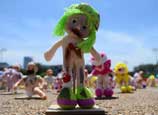
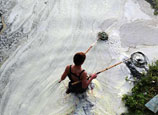
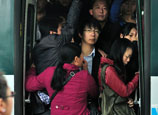
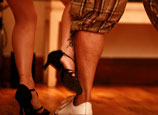
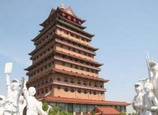
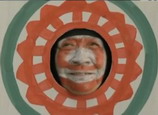

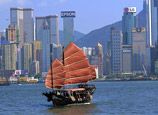






 Couple say 'I do' after 35-year wait
Couple say 'I do' after 35-year wait


![]()
